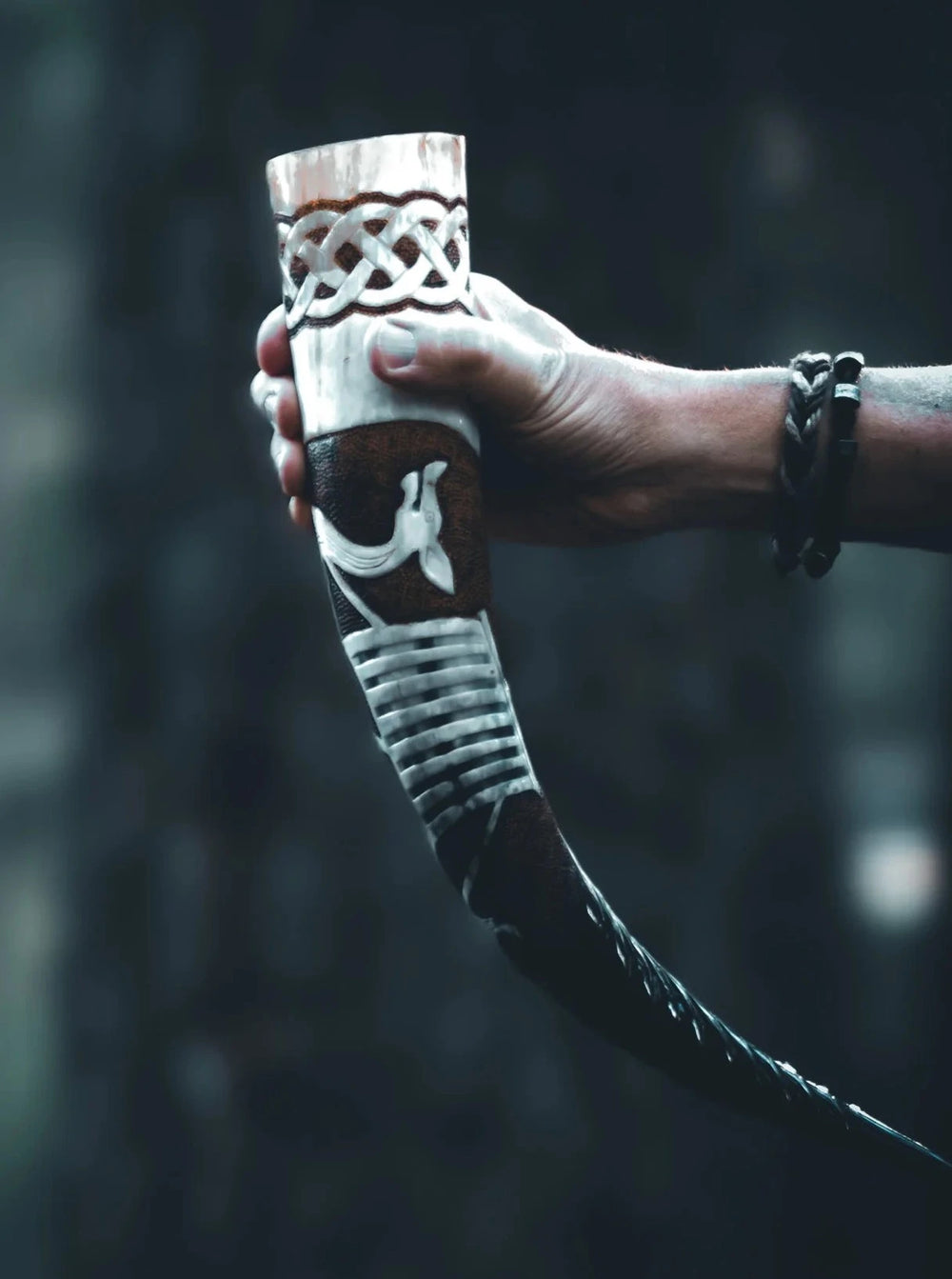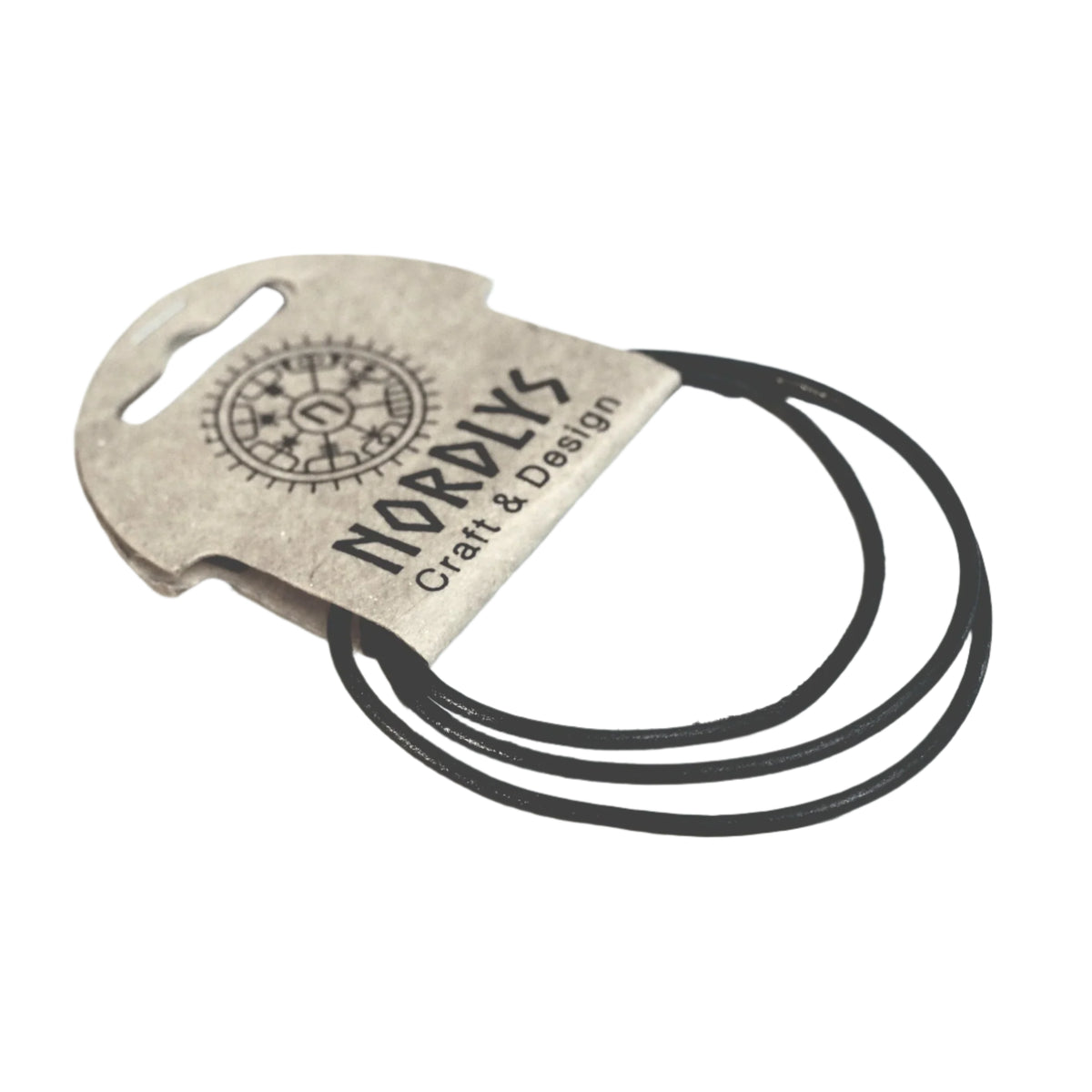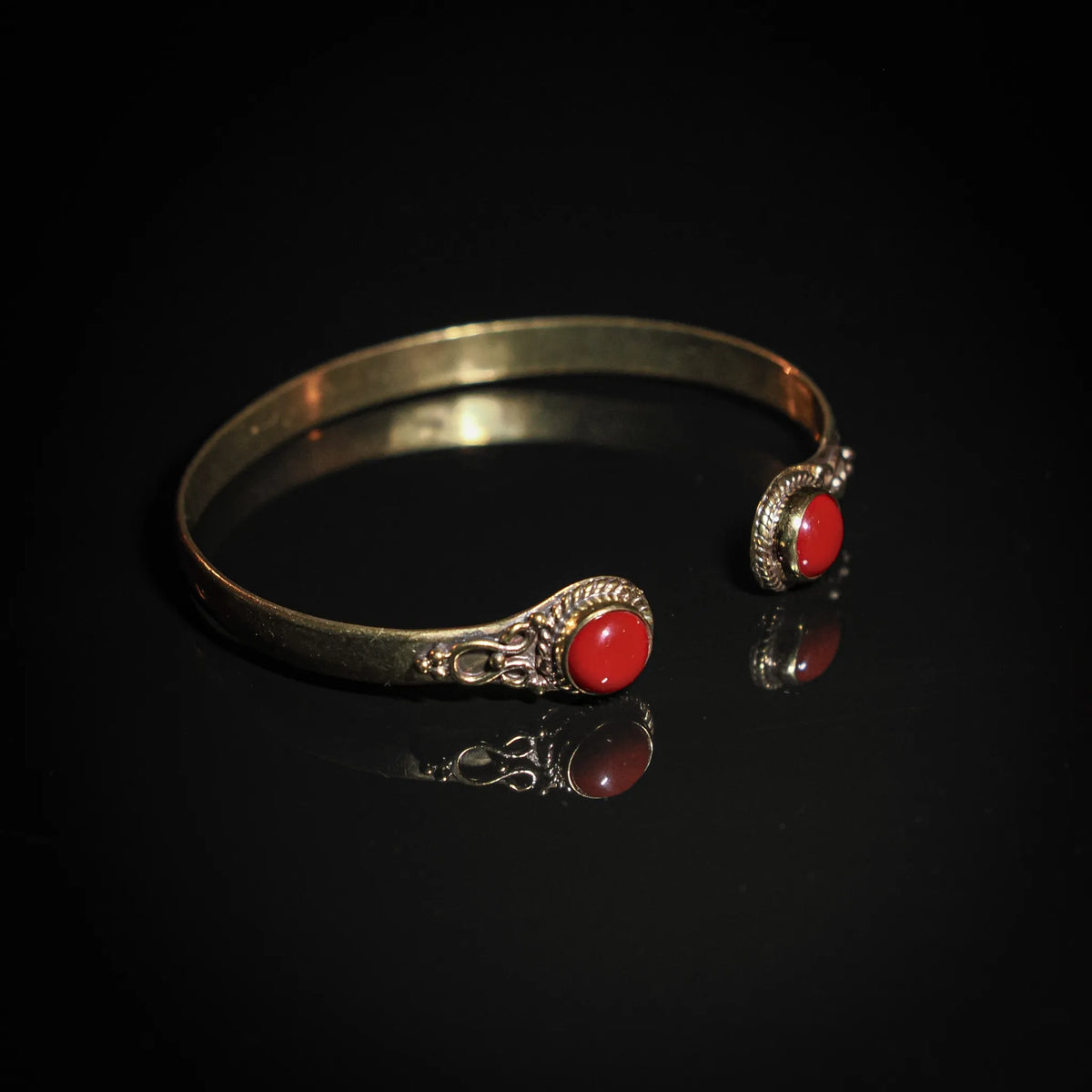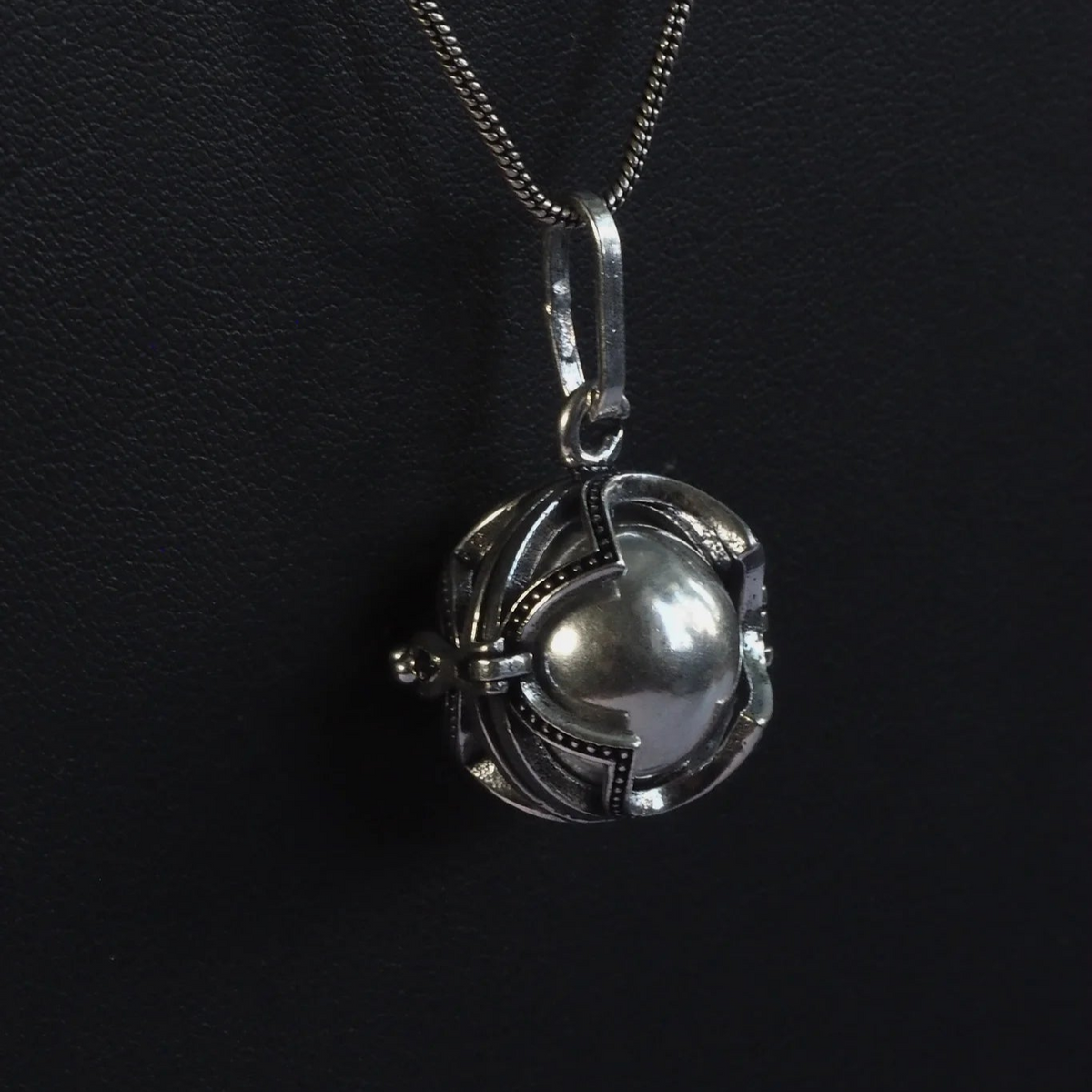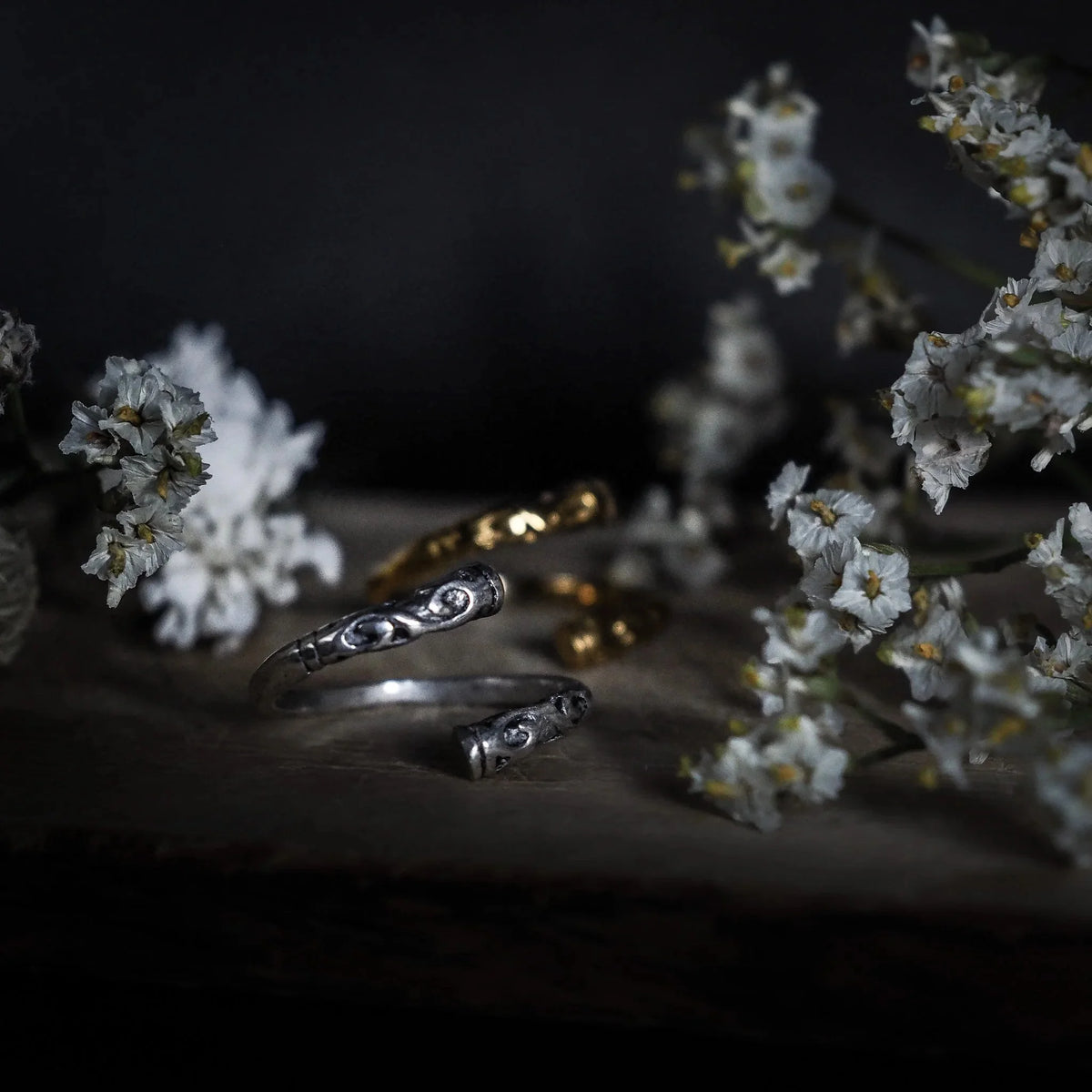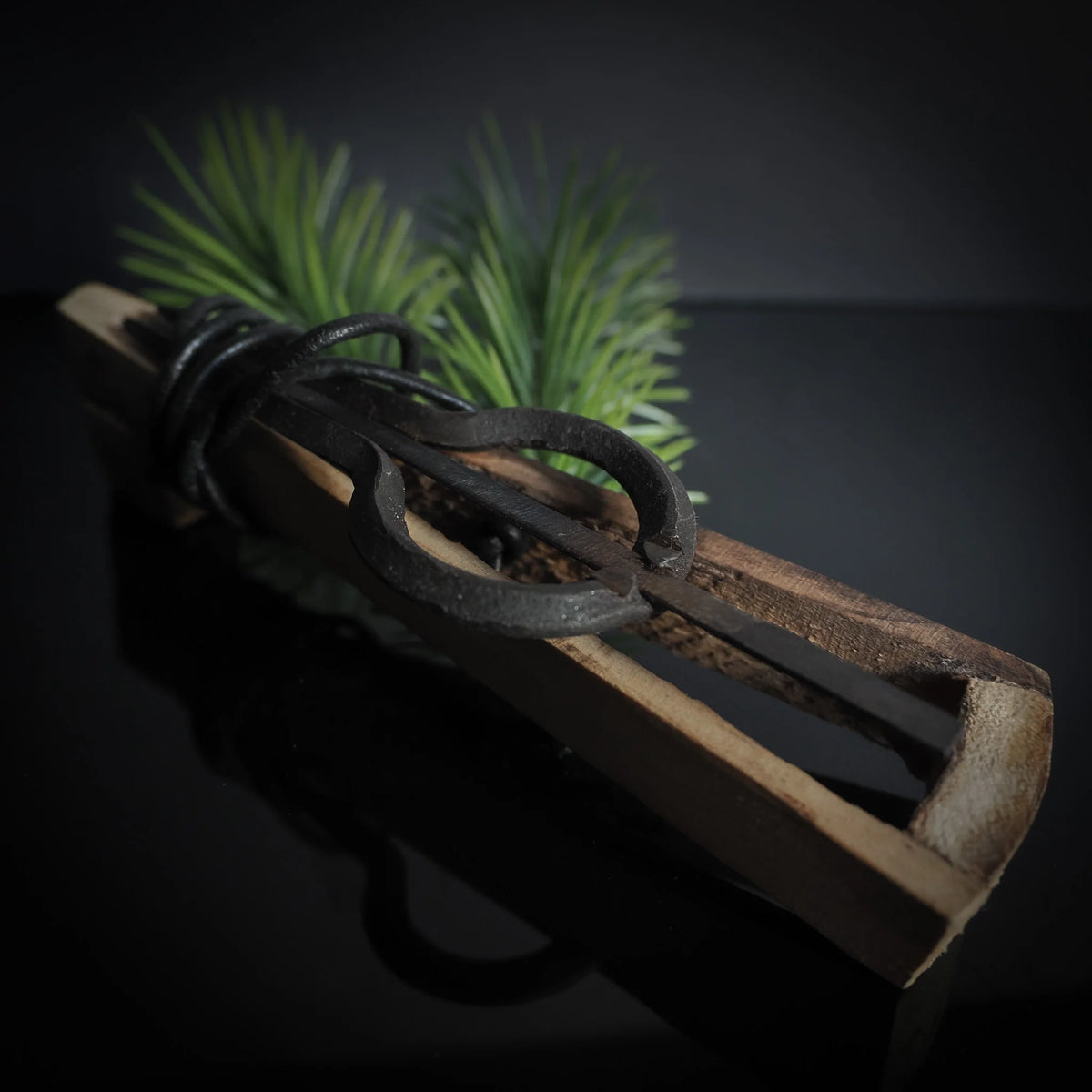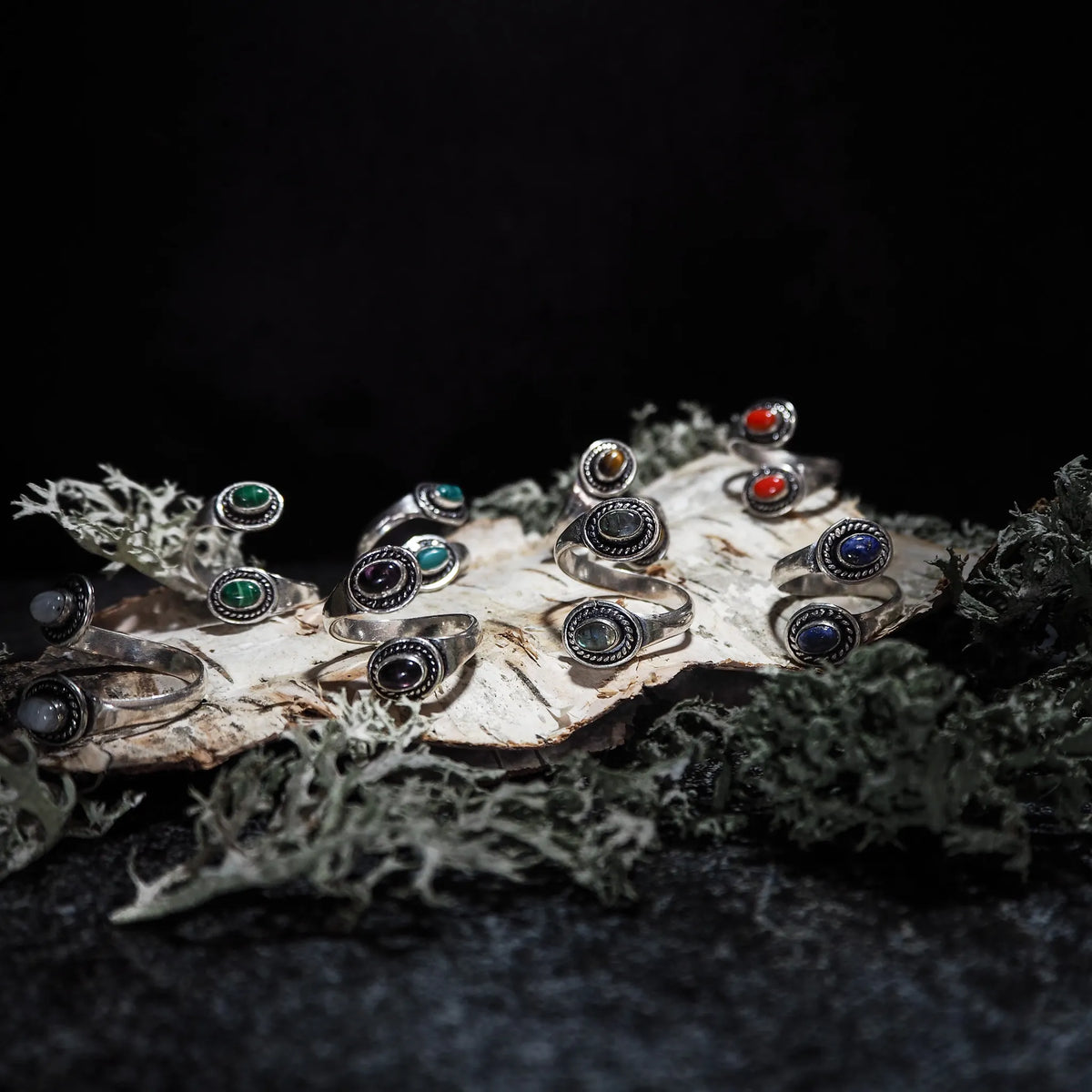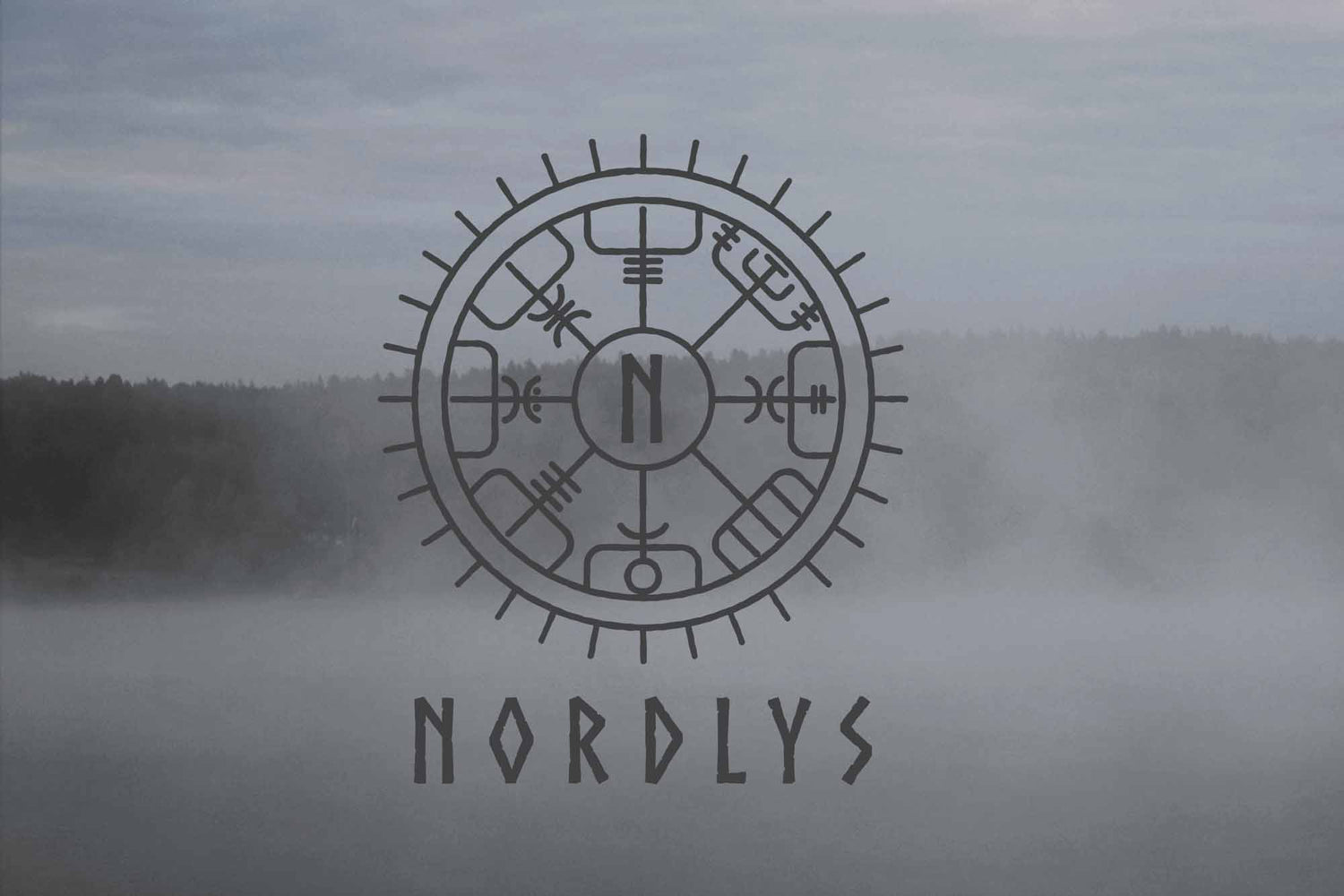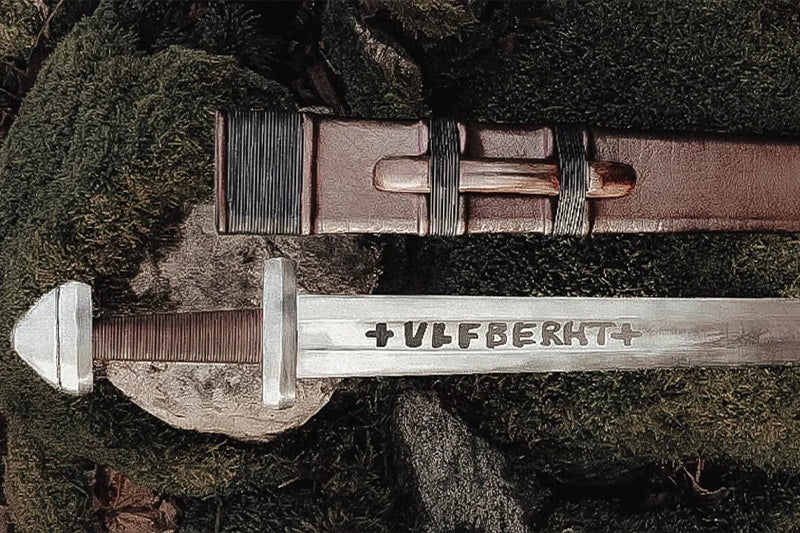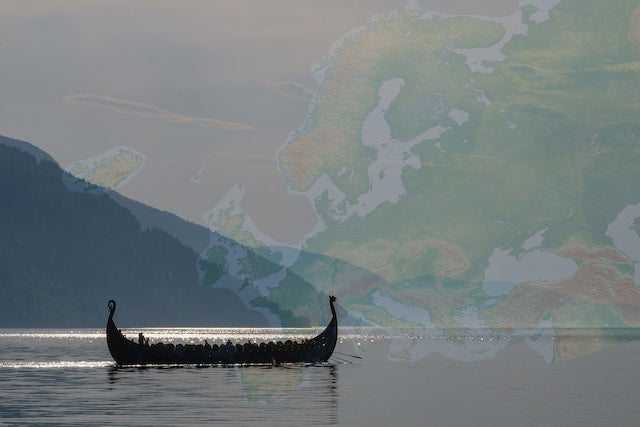Hugin and Munin.
Hugin and Munin (Old Norse Huginn and Muninn) are in Norse mythology Odin's two ravens, who personify his thought. Hugin means "the thought". Munin means "memory."
Odin sends out the ravens into the world daily to gather information for him. Hugin and Munin fly over both Asgard and Midgard. They see everything and return to Odin to tell him what they have seen. At home, they sit on his shoulders. According to Grimnismal, Odin is very worried that one day they will not come back, especially Munin.
The tree of life: Yggdrasil
The branches stretch downward to bind together with the roots in the eternal cycle. The tree of life, Arbor vitae (Latin), exists in several cultures and has different names. In Norse mythology, it is referred to as Yggdrasil and is the center of the Vikings' worldview, its branches connecting the different worlds and creation as a whole.
Ask and Embla:
The first humans according to Norse mythology.
The Moon:
The symbol of life, death, and rebirth.
Pentagram:
Fire, air, water, earth, and the soul (Universe, Eternity)
Triskele:
The Triskele symbol, also known as Odin's horns, represents three drinking horns. Behind this symbol lies a story. Odin came to the giantess Gunnlöð to obtain the mead of poetry (skáldskaparmjöðr). He negotiated for three nights to get three sips of the mead.
Thor's hammer/ Mjölnir:
Thor, Odin's son and one of the most popular gods, would be nothing without his famous hammer, Mjölnir.
This magical object, always with Thor, would automatically return to him after being thrown.
When Vikings heard thunder or saw lightning, they believed it was Thor using his hammer in battle with giants.
Mjölnir was not only a weapon used to kill giants but also a symbol of protection and safety.
For a long time and even today, it is common for Norse people to wear Mjölnir as a necklace for protection and strength.
Vegvisir:
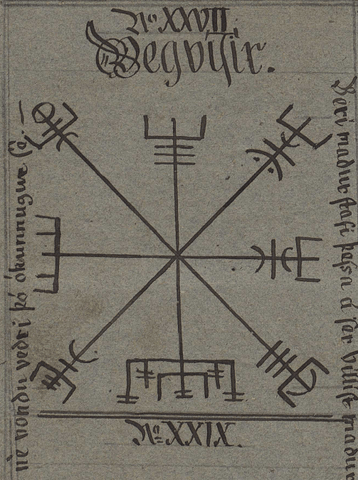
Vegvisir is a well-known symbol that one might
most recognized from Iceland and its folklore.
The symbol is a Galder.
Vegvisir is included in the Icelandic collection of magical staves, the Huld-Manuscript from the 19th century by Geir Vigfusson and in Galdraskræða Skugga, by Jochum Eggertsson from 1940. According to the author, Galdraskræða Skugga should contain material from earlier sources. Unfortunately, Jochum Eggertsson did not specify what the sources were.
In the Huld-Manuscript about Vegvisir, the following text is found:
“A man who bears this will not get lost in storms or bad weather, even if he is a stranger.”
Translation:
“If this sign is worn, one will never lose their way in storms or bad weather, even when the way is unknown.”
The name itself means "Wayfinder", "vegur" means way and "visir" means pointer.
This symbol has eight branches that meet in the center.
There are some people who believe that the 8 branches represent the cardinal points (north, south, west, east, northwest, northeast, southwest, southeast) while others believe that the 8 branches represent the 8 worlds of Norse mythology and the center represents the 9th world, Midgard, the world of humans.
Vegvisir is a very powerful symbol. A spiritual compass.
It is believed that this symbol had the power to guide people who bore it in the right direction for those who lost their way.
In general customs, it is also used as a talisman for luck, protection, and blessings.
For those who believe in magical powers like the Nordic shamans, Vegvisir would guide your heart and your steps to make the right choices in your life, and help you find back your self-confidence when you lost yourself and your faith.
Ægishjálmur
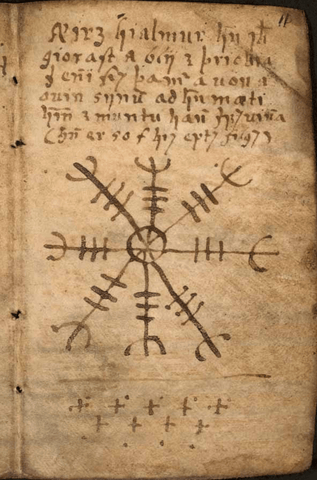
Ægishjálmur or the Helm of Terror, which etymologically means helm of Ægir, meaning fear/terror. Ægir is also the name of the god of the seas. Usually defined as the Helm of Terror, and references to it occur in the Poetic Edda and in the Völsunga saga, mentioned by its name in the Poetic Edda, Fáfnismál, and in the Völsungasaga.
In the Poetic Edda, it is mentioned as a helm of terror, but even though the word helm appears in the name, it was presumably not a real helm; its structure and design have no recognizable form of a helm, which the Edda also mentions that the object is not a helm but rather a general covering that surrounds the bearer with a bridging power to scare away and dampen their enemies. The effect is concentrated in or between the eyes.
Valknut
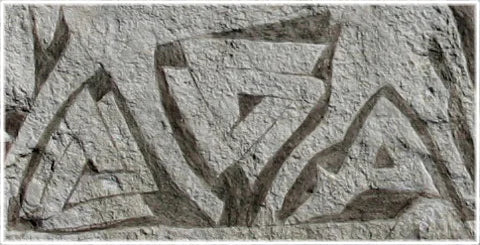
Valknut, also known as Odin's Knot, is a symbol mostly related to the death cult.
This symbol is found on memorial stones of Vikings and would also be associated with Odin since Odin or his Valkyries are those who guide the souls of fallen Norse warriors to the various Norse afterlives such as Valhalla or Hel.
The Valknut is fundamentally the symbol for accompanying the fallen in battle.
It is also said that in the symbol itself, the nine corners of the triangles represent each of the nine worlds in the Norse universe united by Yggdrasil. The Valknut has received another name, 'Hrungnir's Heart,' related to a story about the legendary giant of the Eddas.
This symbol shows the gods' power over death and can also be used as a talisman to protect against evil spirits.
It is also called: The Heart of the Slain, The Heart of Vala, The Heart of Rungner, and Odin's Knot.
Wolf Crosses
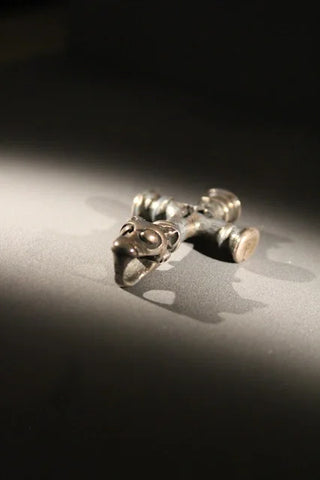
In 1910, the Wolf Cross was found in Foss in southern Iceland and is dated to the 900-1000s. The original was larger and made of silver and can be seen here: http://3.bp.blogspot.com/-TZZ1TuRDxRo/UFua_X9JhDI/AAAAAAAAAi0/olaEEkjjlG4/s640/IMG_5957.JPG
There are divided opinions on whether the Wolf Cross should be interpreted as a cross or as a specific Icelandic model of Thor's hammer. Since the find is the only one of its kind, it is difficult to place it in an archaeological and historical context.
The Wolf Cross, also known as the Wolf Hammer, is a symbol about which there are divided opinions. Is it pagan or Christian, or does it symbolize the coexistence of these two religions? No one knows, but there are many theories and interpretations of its meaning. Because of this, the Wolf Cross is used by followers of Ásatrú and Christians.
